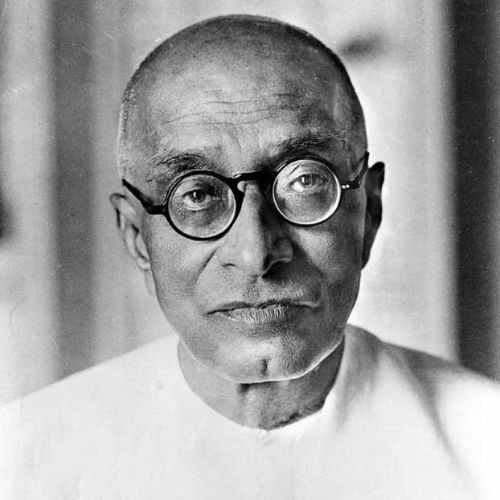Early Life
Chakravarti Rajagopalachari, popularly referred to as Rajaji, was born on 10 December 1878 in Thorapalli, Tamil Nadu. He attended the government school in Hosur, Tamil Nadu and went on to study in Central College, Bangalore. Later on, he obtained a law degree from Presidency College, Madras and began his criminal law practice in Salem.
His entry into public life was marked in 1917 when he became the chairperson of the municipality of Salem in 1917.
Role in India’s Independence Movement
Rajaji’s personal interaction with Gandhi in 1919 led him to give up his legal profession to be fully involved in the nation’s independence struggle. The relationship between them only grew stronger and Mahatma called Rajaji the ‘keeper of my conscience’.
He participated in agitations against the Rowlett Act, the Non-Cooperation movement, the Vaikom Satyagraha, and the Civil Disobedience Movement. For these activities, between 1912 and 1941, as a result of which he was jailed five times.
Contribution to Constitution Making
Rajaji was elected to the Constituent Assembly from Madras on a Congress party ticket. In the Assembly, he intervened on the issues of religious freedom and citizenship.
Later Contributions
Post-independence, Rajaji served as the last Governor-General of India till 1950. Later Nehru unsuccessfully campaigned to make Rajaji the first President of free India.
After moving back to Madras, he briefly served as Tamil Nadu’s Chief Minister between 1952 and 1954. His decision to make Hindi a mandatory language in schools drew heavy criticism. In 1954 he was conferred with the Bharat Ratna for his contribution to Indian politics and literature.
Conflicts grew deeper between Rajaji and Nehru; this led to Rajaji forming the Swatantra Party. It aimed to provide a critical response to Nehru’s policies and represent centre to right political ideologies. However, the journey of the party ended in 1974.
He passed away on 25th December 1972.
Key Writings
Rajaji was a prolific writer. His most popular works include a retelling of the Mahabharata and Ramayana in English, and Ramayana – Chakravarti Thirumagan in Tamil.
- Selected Works of C. Rajagopalachari edited by Mahesh Rangarajan, N. Balakrishnan, Deepa Bhatnagar (Orient BlackSwan, 2014)
- Rajaji’s Speeches (Bharatiya Vidya Bhavan, 1978)
- Rajaji: A Life by Rajmohan Gandhi (Penguin India, 2000)
- Thousand Days with Rajaji by Bimanesh Chatterjee (Affiliated East-West Press, 1973)
- I Meet Rajaji by Monica Felton (Macmillan & Co. Ltd, 1962)
- Rajaji: A Study of His Personality, Volumes 1-2 by Masti Venkatesa Iyengar (Jeevana Karyalaya, 1975)
- Pattabhi Sitaramayya’s History of the Indian National Congress, 1885-1947 (S. Chand & Co., 1988)

